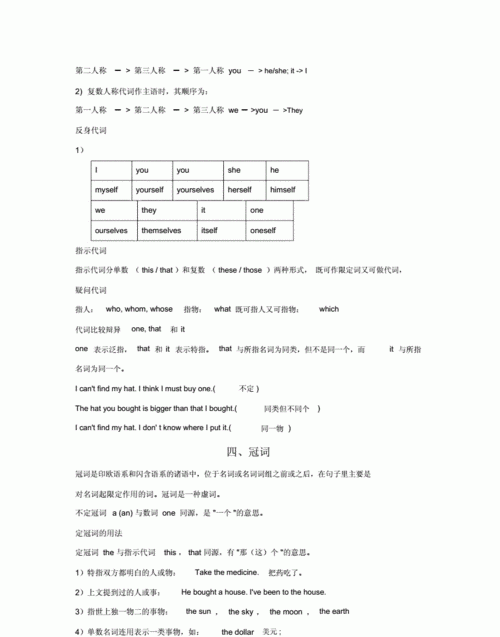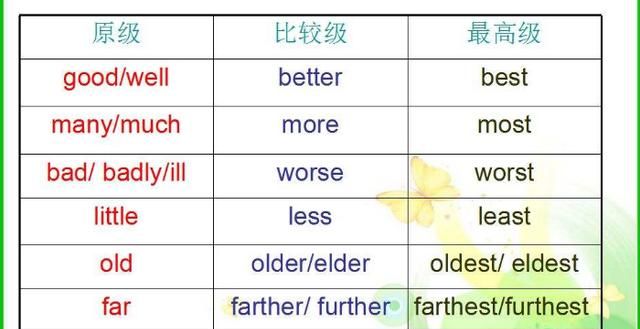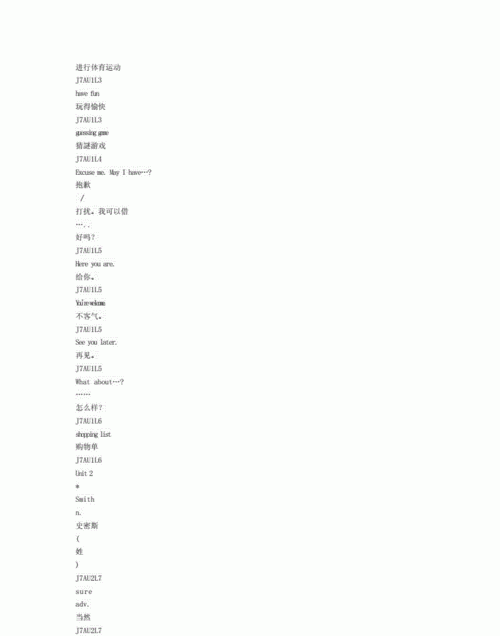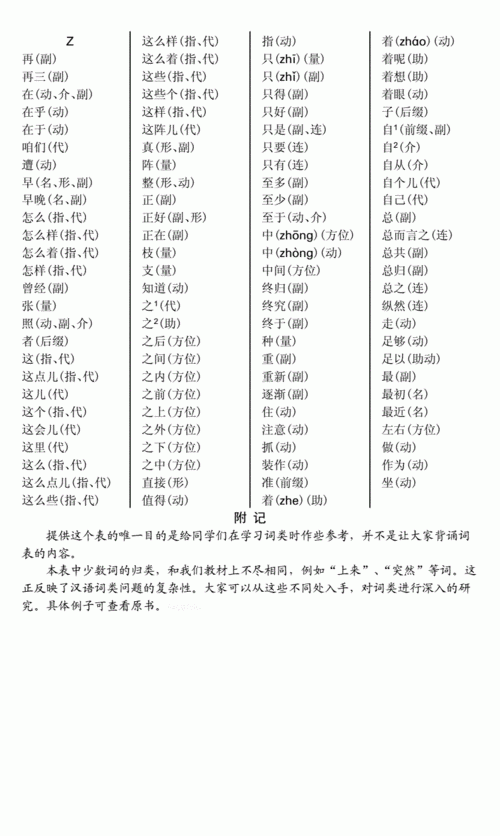本文目录
起飞的英文是什么?
起飞blastoff, takeoff

As a pilot I had to learn how to fly the space sh
解释如下
As a pilot I had to learn how to fly the space shAs a pilot I had to learn how to fly the space shuttle, for launch and landing, and all the piloting tasks.作为一名飞行员,我必须学习如何驾驶太空船。作为一名飞行员,我必须学习如何驾驶航天飞机,进行发射和着陆,以及所有的飞行任务。
这里用for launch 不用launching是因为launch有三种意思如下:
launch英 [lɔ:ntʃ] 美 [lɔntʃ, lɑntʃ]
vt.发射;发动;[计算机]开始(应用程序);开展(活动、计划等)
vi.投入;着手进行;热衷于…
n.投掷;大船上的小艇;大型敞篷摩托艇
当一个词自带名词词性的时候,就不需要改为ing形式了。这是英语的极简原则体现。

launch5跑鞋
Launch 属于缓震系的轻量路跑鞋,适合长距离训练或比赛时穿着。中底采用了brooks看家科科技BioMoGo DNA缓震胶,脚感无需怀疑。大网眼无缝鞋面和分段式大底提供了良好的包裹性和灵活性。而且外观和配色都设计的不错;
ghost是缓震系的次旗舰,在脚感上可能会比launch要舒适一些,但重量也会比launch更重;
因为轻量化跑鞋降低了重量,所能提供的保护也会相对少一些,会对跑者的跑步姿态、身体肌肉强度可能会有更高一点的要求,如果你是初学跑者,体重不超平均标准太多,可以选ghost9;如果体重超标,可以选甘油15;如果你已经是老鸟,或者对自己身体素质比较有信心,可以选launch或者更纯粹的轻量跑鞋pure系列。

英语语法怎么学都学不会
英语语法其实很简单,
又很复杂,
关键是兴趣第一位,
先培养你的兴趣吧,
没有兴趣什么都白搭。
我有篇关于学语法的文章
你研究一下,
希望对你有帮助!
英语语法为什么总学不会?
引用李一博士:“我就记得初中的时候总是在背诵stop to do和stop doing的区别、be made of和be made from的区别、look forward to后面要加doing,虽然也能应付考试,但是终究不能通透地理解语法的全貌,所谓“只见树木,不见森林””
学外语是要学语法的
英语语法是有体系的
语法总原则:一个句子有且仅有一个谓语动词
句子分为简单句、复合句、复杂句
简单句=主语+谓语=主语+谓语动词+其他成分=主语+助动词+实义动词+其他成分
主语一般是名词词组,名词词组=限定词+定语+名词
谓语动词=助动词+实义动词=操作词+其他助动词+实义动词
谓语动词有16种时态,2种语态,3种语气
非谓语动词=谓语动词阉割掉助动词be的形式,可以做除谓语动词之外的所有成分
复合句=简单句1+复合连词+简单句2
复杂句=简单句1+代词/副词/连词+简单句2
冠词(定冠词the、不定冠词a、an,以及零冠词)
物主限定词my, your, his, her, our, your, their, one’s, it
名词属格John’s
指示限定词this, that, these, those, such
疑问限定词what, which, whose
不定限定词no, some, any, each, every, enough, either, neither, all both, half, several, many, much, (a) few, (a) little, other, another
基数词、序数词、倍数词、分数词
量词a lot of, lots of, plenty of, a great deal of, a large amount of, a good number of
形容词(前置/后置)
名词
介宾短语结构(后置)
非谓语动词(后置)
定语从句(后置)
状语
补语
主语补语(即表语)
动词补语
形容词补语
后置定语
当A为一般名词:核心词为A,of B为介宾短语做后置定语
当A为数量词:核心词为B,A of=many/much
否定句:操作词 + not + 实义动词
一般疑问句:操作词 + 主语 + 实义动词
特殊疑问句:特殊疑问词 + 操作词 + 主语 + (其他助动词+)实义动词
I do not love you.
Do I love you?
Whydo I love you?
I cannot swim.
Can I swim?
How can I swim?
I have not been loving you for a long time.
Have I been loving you for a long time?
Whyhave I been loving you for a long time?
基本助动词(3个)
情态助动词(13个)
半助动词(2个)
一般描述
客观存在
习惯动作
一般描述
失真情况
习惯动作
陈述事实或提出询问
用于陈述句、疑问句和感叹句中
仅用于祈使句中
提出请求,劝告或命令
虚拟事实
表达愿望、建议或与事实或预期相反的假设等
与过去事实相反
与现在事实相反
与将来预期相反
非谓语动词
to do
doing
done
扩展
n.
adj.
P.O.
adv.
表将来
表目的
to do
doing
done
n.
adj.
PO
adv.
一般用逗号与主句隔开
逻辑主语与主句的主语不同,独立存在
简单检验方法:“逻辑主语 + be + 其他成分”是一个完整句子
简单句=S+P=S + V + ...(P代表Predicate谓语)
S=NP=限定词+定语+n.=大定语+n.(NP代表noun phrase)
V=Aux + v. = operator + other Aux + V.
S + V + ... = SVtO或SVi或SVC或SVoO或SVOC
带从句的句子=主句+从句=简单句1+引导词+简单句2
非谓语动词:(S + V1) +(S + be + X) = S + V1, X
独立主格:(S1 + V1) + (S2 + be + X) = S1 + V1, S2 + X
(一)语法总原则
一个英语句子有且仅有一个谓语动词,其他动词要用非谓语动词或从句的形式。
为理解这个语法总原则,要理解几个关键点:简单句、谓语动词、非谓语动词、从句、倒装、省略等。
(二)主语
(1)主谓一致
(即单数主语+单数动词、复数主语+复数动词),至于所谓的意义一致和就近原则,真的很少,在阅读中知道即可,在写作中完全可以绕过去。
(2)代词
代词=名词/形容词
(3)定语与限定词
限定词+定语+名词
限定词
定语
a big apple
something blue
apple tree
trade war
名词做定语可以把这两个名词当做一个整体。
a cat on the table
something to eat
the wall painted white
the man standing by the window
a girl that is beautiful
(4)介词
介词 + 名词=介宾短语(P.O.)
状语 + 动词/形容词/副词/整个句子
At the upper timberline the trees begin to become twisted and deformed.
The cat is on the table.
S Vi + P + O = S Vi C
My father looked after me very well.
注:S Vi + P + O也可以方便地理解为S Vt O,于是产生了很多V+P的固定搭配
I am happy for you.
a cat on the table
The transition (from forest to treeless tundra) (on a mountain slope) is often a dramatic one.
A of B结构
This rapid zone of transition is called the upper timberline.
a lot of people
a great number of people
注意区分a number of + 复数名词 + 复数动词和
the number of + 复数名词 + 单数动词
(三)谓语
(1)构成
谓语动词 = 助动词 + 实义动词 = 操作词(第一个助动词)+ 其他助动词 + 实义动词
实义动词即有实际意义的动词,助动词即帮助实义动词传达意义的动词。助动词的个数有限,一共18个,属于封闭词类,即不再扩充的词类;
而实义动词则千变万化,属于开放词类,数量可以增加。
操作词(operator)并非与名词、动词具有相等地位的一个词类,而是在谓语动词的结构中对于第一个助动词的特殊称谓。之所以要把第一个助动词称为操作词,是为了后面谓语动词的变形方便,否定句、一般疑问句、特殊疑问句,以及后续要讲到的倒装、省略等都要涉及。
特殊疑问词可以分为代词性和副词性,副词性特殊疑问词及代词性特殊疑问词做非主语时符合上述结构,但是如果代词性特殊疑问词做主语,结构为:特殊疑问词 + 助动词 + 实义动词,例如:What is going on?
I love you.
I can swim.
I have been loving you for a long time.
助动词
be
do
have
can/could
may/might
will/would
shall/should
must
ought to
dare
need
used to
have to
seem to
以实义动词的形式区分时态,比如实义动词是原形do的时态都是一般时态(包括does和did),以doing结尾的都是进行时态,以done结尾的都是完成时态。以操作词(第一个助动词)区分时间,将来时态一定以will开头,现在时态可以有do和be的现在形式(am/is/are)两个助动词作为操作词,过去将来时态一定以would开头,过去时态可以有did、be的过去形式(was/were)、have作为操作词,过去的过去一定以had开头。
另外还可以看出,三个基本助动词be/do/have的组合是只有have/had been doing两种(注意这里的doing是实义动词),除此两种情况之外基本助动词是互相排斥的,即只能用一个。再考虑情态助动词will/would可见,will/would后能连接be和have,不能连接助动词do(注意will do和would do里面的do是实义动词)。另外,在实际使用中will/would可能被其他情态助动词和半助动词代替,比如might be doing、must have done、have to be doing、seem to have done等。
1. 一般现在时
China is a big country.
The earth rotates on its axis.
Percy goes to his office by underground every day.
2. 一般过去时
Hitler’s army invaded Russiain order to conquer the largest country in the world.
Shanghai was a small fishing village.
I got up at six every day in high school.
3. 一般将来时
表示将来的一般描述、(有意志主体做主语时)表示意愿
China will launch its own rockets with astronauts onto the moon.
4. 过去将来时
表示过去将来的一般描述、(有意志主体做主语时)表示意愿
The South would win the battle under cruel slavery.
5. 现在进行时
表示正在进行、持续进行
China is taking measures to control housing prices.
6. 过去进行时
表示过去正在进行、持续进行
The plane was flying over my head last midnight.
7. 现在完成时
过去完成的动作,对现在有影响
China has carried out its opening-up policy for decades.
8. 过去完成时
过去的过去完成的动作,对过去有影响
She had finished her graduate school, so she could start working in the fall of 2006.
9. 将来进行时
表示将来正在进行、持续进行
Facebook users will be demonstrating their desire for privacy outside its headquarters.
10. 过去将来进行时
表示过去将来正在进行、持续进行
When I was small, Grandpa said I would be fighting for my future 20 years later.
11. 现在完成进行时
表示过去开始的某动作已经完成相当一部分,持续到现在正在进行,并且对现在有影响
I have been working for 30 days without a rest.
12. 过去完成进行时
表示过去的过去开始的某动作已经完成相当一部分,持续到过去某个时间点仍然正在进行,并且对过去这个时间点有影响
She had been carrying out her plot to be the queen three months earlier.
13. 将来完成进行时
表示到将来某个时间点,某动作已经完成了相当一部分,持续到将来这个时间点仍然正在进行,并且对将来这个时间点有影响
The play is coming off in August. By then the play will have been running for three months.
14. 过去将来完成进行时
表示到过去将来某个时间点,某动作已经完成了相当一部分,持续到过去将来这个时间点仍然正在进行,并且对过去将来这个时间点有影响
Up to that time he would have been translating those books.
15. 将来完成时
表示到将来某个时间点,某动作已完成并且对将来这个时间点有影响
You will have reached Shanghai by this time tomorrow.
16. 过去将来完成时
表示到过去将来某个时间点,某动作已完成并且对将来这个时间点有影响
I guessed that Helen would have told her something.
(2)语态
主动语态和被动语态
(3)语气
陈述语气
祈使语气
虚拟语气
用于状语从句
从句:过去完成时had done
主句:would/ should/ could / might + have done
If I had gotten there earlier, I would/ should/ could have met her.
If he had taken my advice, he would not have made such a mistake.
从句:过去时(be只用were)
主句:would/ should/ could/ might + do/ be doing
If I knew his telephone number, I would tell you.
If there were no air or water, there would be no living creatures on the Earth.
将来的事情尚未发生,故此处是与将来的预期相反,即说话者对于虚拟语气中的这种预期程度很低。
从句:过去时(be只用were)或should / were to + 动词原形
主句:would/ should/ could / might + 动词原形
If there were a heavy snow next Sunday, we would not go skating.
If she were to be there next Monday, I would tell her about the matter.
If he should come here tomorrow, I should/ would talk to him.
用于名词性从句
表意见、命令、要求的动词/名词 + that + (should) + 动词原形
常用动词
advise/ suggest/ insist/ request/ require/ order/ demand/ command/ decide/ recommend等
Jane’s uncle insisted that she (should) not stay in the hotel.
The workers requested that their working conditions (should) be improved.
It was suggested that Jane (should) have a medical examination.
常用名词
suggestion/ proposal/ order/ advice/ demand/ requirement等
My suggestion is that you (should) send a few soldiers to help them.
He makes the demand that she (should) leave the place at once.
(四)非谓语
(S + V1) +(S + be + X) = S + V1, X
X=
Confucius taught us that…
Confucius was a great philosopher.
Confucius, a great philosopher(同位语), taught us that…
We naively believed that…
We were young and foolish.
We, young and foolish(可以视为后置定语或定语从句的省略,也可以视为状语), naively believed that…
People tend to behave hastely.
People are in such a situation.
People in such a situation(后置定语或状语) tend to behave hastely.
/People tend to behave hastely in such a situation(状语).
I now announce the opening of…
I am here.
Here(状语), I now announce the opening of…
(1)不定式
to + 动词原形
It is about to fall.
We come here to study. = We come here. + We are to study.
(2)现在分词
表主动伴随状态
Walking in the street, I saw him. = I was walking in the street. + I saw him.
Scratching the cat, the boy smiled. = The boy was scratching the cat. + The boy smiled.
(3)过去分词
表被动伴随状态
Scratched by the cat, the boy cried. = The boy was scratched by the cat. + The boy cried.
逻辑主语一致
非谓语动词的逻辑主语要与主句主语一致
We come here to study.
Walking in the street, I saw him.
Scratched by the cat, the boy cried.
(*) Standing by the window, the city is all below me.
(4)独立主格
(S1 + V1) + (S2 + be + X) = S1 + V1, S2 + X
X=
独立主格 = (with) + 逻辑主语 + 其他成分
不定式
表将来
His friends to come tonight, he is busy preparing the dinner.
We shall assemble at ten, the procession to start moving at precisely eleven.
Here are the first two volumes, the third one to come out next month.
The two boys said goodbye to each other, one to go home, and the other to go to his friend’s.
现在分词
表进行或主动
The boy leading the way, we had no trouble getting out of the forest.
Winter coming, it gets colder and colder.
The rain having stopped, he went out for a walk.
过去分词
表完成或被动
The test finished, we’ll have our summer vacation.
Her work done, she sat down for a cup of tea.
“Marquis,” said the boy, turning to the man, his eyes opened wide and his right hand raised.
名词
I received many Christmas gifts, some of them books.
Many people come to visit the city, most of them foreigners.
He fought the wolf, a stick his only weapon.
It being Sunday, we went to church.
形容词
He turned to me, his eyes sleepy.
The men moved slowly forward, neck deep in the water, with their officers guiding them.
It stood silent in the noon sunlight, its door open.
He came into the room, his ears red with cold.
介词短语
School over, we all went home.
Nobody in, the thief took a lot of things away.
Music on, I can’t focus my mind on the work.
Miss Smith entered the classroom, book in hand.
He came out of the library, a large book under his arm.
He is standing in front of the blackboard, his back towards us.
The hunters entered the forest, gun in hand.
with/without引导的独立主格
With his son so disappointing, the old man felt unhappy.
With her sister out, she had to stay at home alone.
Miss Smith entered the classroom, with a book in her hand.
The old man, with thick glasses on his nose, is a pianist.
结论
数学公式化表达

以上就是关于launch属于什么词性 ,起飞的英文是什么?的全部内容,以及launch属于什么词性 的相关内容,希望能够帮到您。

